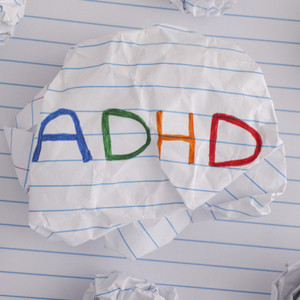Strategic Seating Arrangements: A Key Accommodation for Students with ADHD
Picture this: A student who once struggled to focus is now actively engaged in learning, simply because of a change in where they sit. Indeed, the right seating arrangement can transform learning outcomes for students with ADHD. Many teachers have discovered that thoughtful classroom setup leads to better focus and increased participation.
Understanding Each Student’s Needs
Because every student brings unique strengths to the classroom, their seating needs often differ. Therefore, before rearranging your classroom, take time to notice how each student learns best. While some students might focus better when they can move occasionally, others might need a quiet corner to do their best work. Furthermore, watching how students interact with classmates and respond to different parts of the room will help you make better seating choices.
Finding the Right Spot
Ms. Martinez, a fourth-grade teacher, noticed a significant change in her student Jake’s participation after trying different seating locations. “Initially, I placed him at the front of the room,” she explains, “but then I realized he actually focused better near the back where he could stand up occasionally without feeling self-conscious.”
Through careful observation, many teachers have found that front row seats often work well because students can see lessons clearly and get help quickly. However, some students thrive in the back row, where they have more freedom to move without distracting others. Meanwhile, considering the classroom entrance is equally important – placing seats away from high-traffic areas typically reduces disruptions.
Creating Successful Social Groups
Next, consider how nearby classmates affect learning. For instance, when Sarah sits next to her quiet, focused friend Emma, she tends to stay on task. Yet when placed near more talkative classmates, she struggles to concentrate. Therefore, carefully choosing seat partners can make a big difference in student success.
Small group work presents another opportunity for strategic seating. Rather than using random groupings, try creating teams of 3-5 students who complement each other’s learning styles. Additionally, arranging desks in a U-shape often helps teachers better support group activities while maintaining good sight lines to all students.
Making Comfort Count
Beyond location, physical comfort plays a crucial role in helping students stay focused. Consequently, matching desk and chair heights to each student becomes essential. For example, when students’ feet can’t reach the floor, they often fidget more. Thus, simple adjustments like adding a cushion or footrest can significantly improve attention spans.
Putting Changes into Action
Mrs. Chen’s approach offers a great example of how to make seating changes work. First, she observes each student’s current seating situation for a week. Then, she makes one small change at a time, carefully noting its impact. Moreover, she regularly asks students how they feel about their seats, because their feedback often reveals unexpected insights.
Measuring Success
After making seating changes, look for these positive signs:
- A student who finishes more work than before
- Increased participation in class discussions
- Better interactions with classmates
- Fewer disruptions during lessons
Finding the right seating arrangement takes patience and observation. Nevertheless, the results make the effort worthwhile. Most importantly, stay flexible and ready to adjust as student needs change throughout the year.
Want to learn more ways to help students with ADHD succeed? Check out our helpful online course for teachers.
2025 Editor’s Note: This article now includes fresh insights about classroom seating for students with ADHD. We’ve added real examples shared from teachers and practical tips based on recent classroom experience. These updates reflect new understanding about helping students learn while keeping the focus on useful, everyday solutions.
 About the Author
About the Author
Ellen Paxton is a respected expert in education and best known as the Chief Learning Officer of Professional Learning Board. As a two-time National Board Certified Teacher, Ellen has successfully published and customized online professional development courses and Learning Management Systems for 20 years to help teachers meet their state continuing education renewal credit requirements. Through ProfessionalLearningBoard.com, RenewaTeachingLicense.com, and ConnectedPD.com, Ellen has established solutions and maintained partnerships with several accredited universities, higher education institutions, teachers’ unions and state Departments of Education while setting strategic direction that makes a difference and overseeing implementation of popular online PD for schools.

Comments are closed.